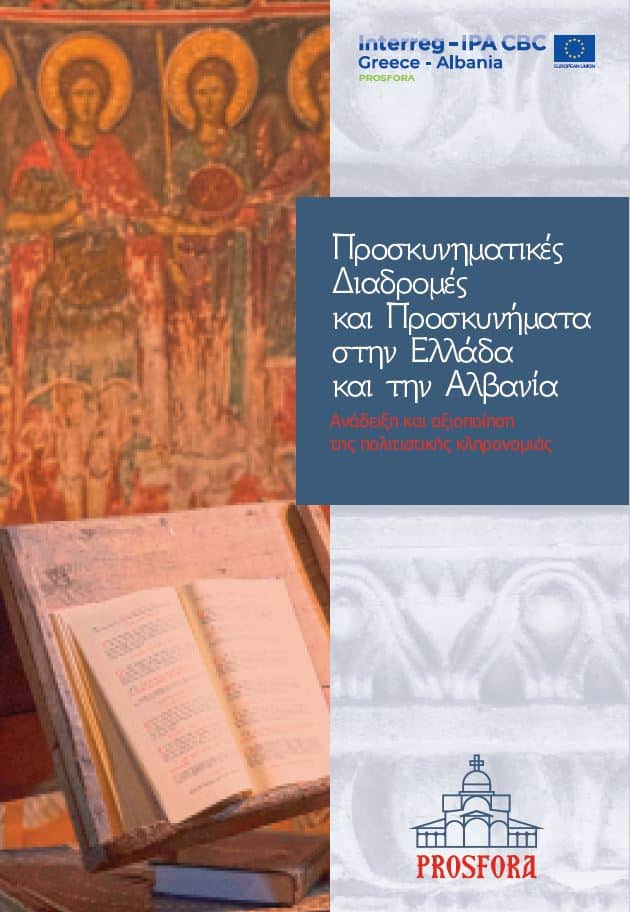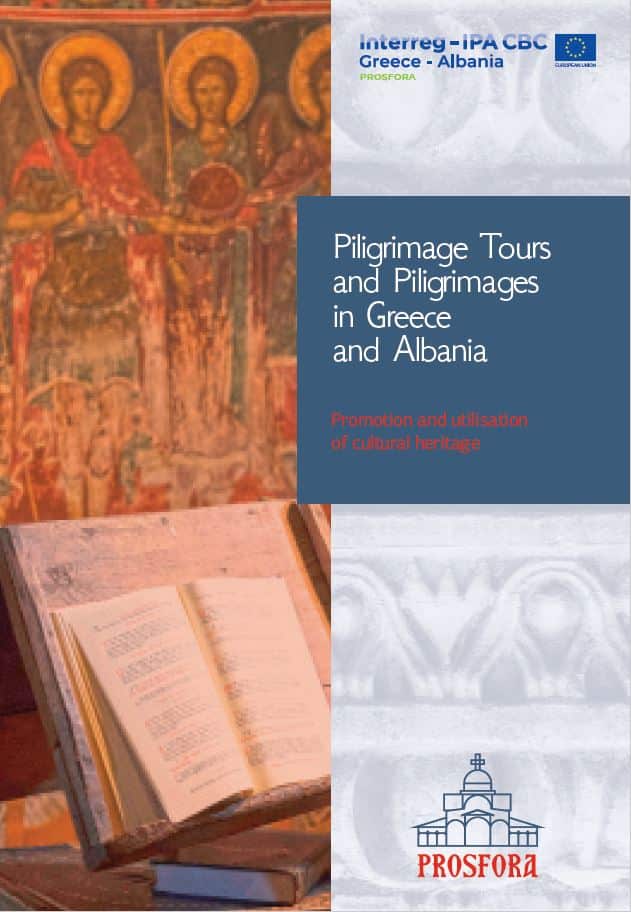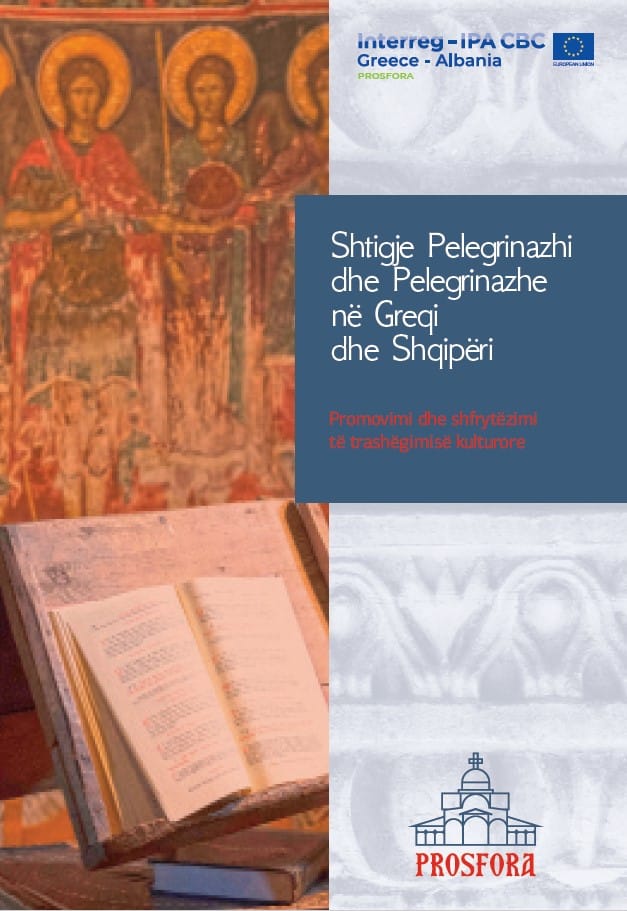HISTORY
Eleni Michou, Archaeologist
The church of Saint Nicholas of the Market is located in Ioannina, on today’s Hatzikonsta Street, in the historic center of the city. It seems that it already existed from the beginning of the 17th century, according to a reference in a document from July 1628, as well as from a reference in the Menaion of July of the church of Saint Nicholas Kopanon, where it is mentioned that on February 19, 1630 his son Recep Aga destroyed Saint Nicholas of the Market. Until December 2, 1647, the temple has not been rebuilt, while it is mentioned again in March 1749, without, however, making known the exact year of its erection. The only clear fact is that the temple was rebuilt between the years 1647-1749. It was destroyed again during the bloody clashes between Ali Pasha and Hurshid Pasha and the destruction of Ioannina in 1822 by the Sultan’s troops. Its second reconstruction, due to its current form, began in 1837, with the sponsorship of the Zosimadon brothers and G. Hatzikonstas, founder and of the adjacent hospital, who completed the church in 1842. However, little is known about the history of the temple after its completion.
Saint Nicholas of the Market is a large timber-roofed, three-aisled basilica with a seven-sided arch to the east. Two colonnades, with five built columns each, separate the aisles and support the raised roof. It is surrounded on the west and north by a picturesque loggia, supported by square pillars, which has a second floor in its entirety, open to the inside of the church and form its galleries, which have separate access from built external stairs to the north and south. The chapel of Saint Eleftherius has been formed at the end of the northern gallery. Above the entrance of the precinct, which opens to the south, raises the two-storey bell tower.
The church has limited frescoes on the inside, like some other modern temples of the city. The most important parts of the temple in terms of theological message are selected for the illustration, such as the apses of the Sanctuary and the dome (tholos) in the middle of the ceiling, with the Pantocrator in place of the dome, surrounded by angels and prophets. In the parts of the walls between the windows there are full-length saints. On the fronts of the sides, in a zone, there are individual representations, which do not constitute a single iconographic set, but fragmentary depictions of religious themes, wishes of individual donors. The whole iconographic approach of the church reflects the slow but gradual influence of western art, with strong Baroque elements, but also of the Nazarene painters in the formation of religious painting in an urban center, such as Ioannina, during this period.
The temple houses icons and objects of Russian origin, many of which are donated by Hatzikonsta, such as the despotic icons, strongly influenced by the style of Nazarene painters, which he donated to the temple in 1841. The transfer to the temple of portable works of Russian laboratories of the time is closely connected with the personality of its sponsors, who were active members of the Greek-Russian community of the 19th century.













